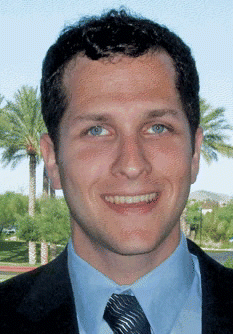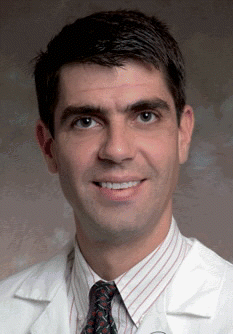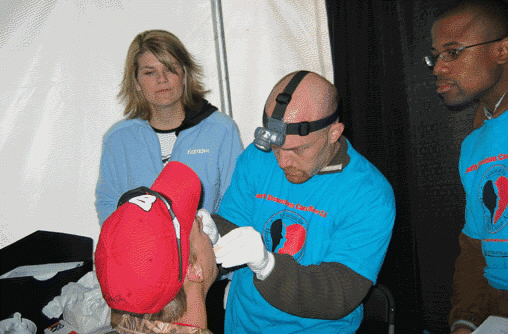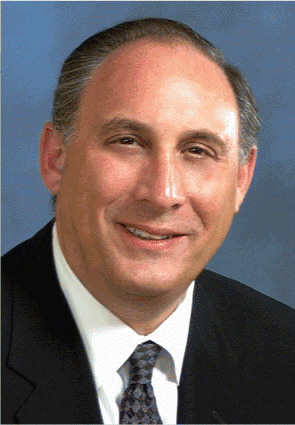PHOENIX-Medical students who use computer-assisted learning (CAL) when learning epistaxis management have superior performance over their counterparts who simply go by the book.


PHOENIX-Medical students who use computer-assisted learning (CAL) when learning epistaxis management have superior performance over their counterparts who simply go by the book.

PHOENIX-As James D. Smith, MD, took his place behind the lectern to prepare to speak about what America’s role should be in the instruction of physicians in underprivileged and disease-stricken countries, a question was posed on the screen next to him: Do we have a responsibility to help?

Laryngeal biopsies are being performed more commonly as in-office procedure. ENT Today asked two otolaryngologists about the ins and outs of performing the procedure in-office.

Oral, head and neck cancer screening is critical to early detection-but otolaryngologists often find that they aren’t reaching the populations at highest risk for the disease. Consequently, many physicians are taking the initiative to develop novel and creative outreach programs to target people who are likely to regularly use tobacco and alcohol, as well as individuals who do not have ready access to health care.
PHOENIX-When faced with sticky ethical issues-such as a colleague who periodically shows up to work smelling of alcohol, or getting complaints from staff about inappropriate behavior from another doctor-what should be done?

Part 2 of 3 articles

Sublingual immunotherapy (SLIT) is gaining acceptance in otolaryngology circles, but is it really any better than subcutaneous injections?


With the advent of fiberoptic and distal-chip scopes and other innovations, otolaryngologists are now able to perform many laryngeal diagnostic and therapeutic procedures on awake patients in the in-office setting rather than on fully anesthetized individuals in the operating room.
